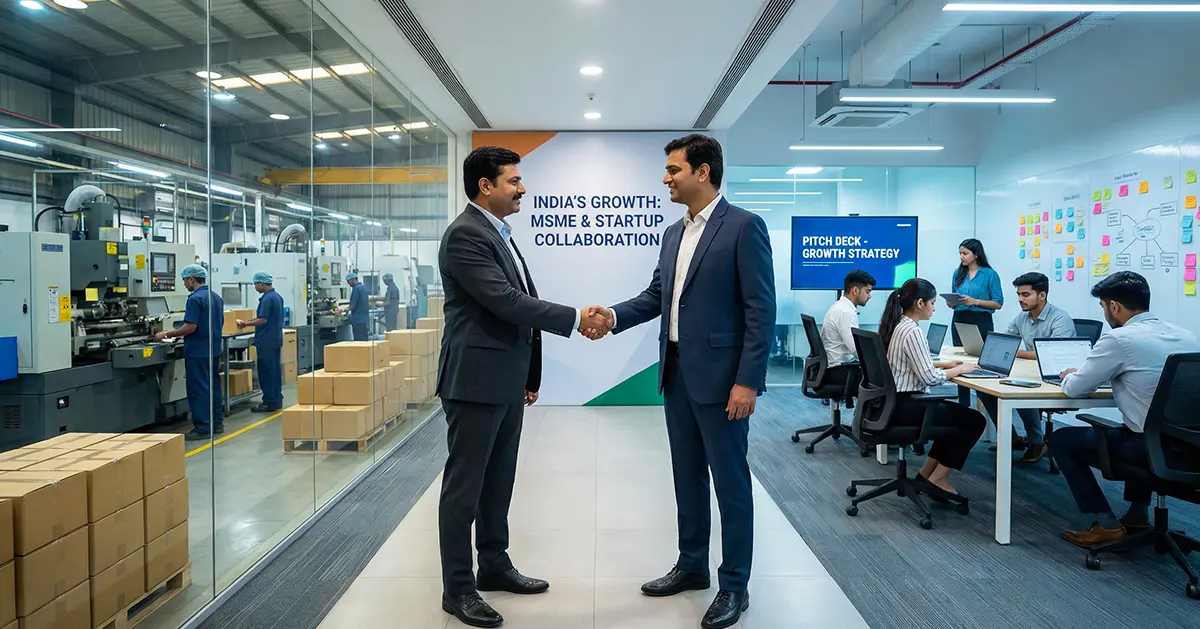
What is the meaning of Payment Gateway ?
A payment gateway is a type of service used by both online and physical retailers to authorize and process payments. Customers and merchants can conduct transactions more easily when a gateway is used as a portal. To transfer the transaction data securely, it makes use of security protocols and encryption. Data is moved back and forth between payment processors, banks, and websites, applications, and mobile devices. A payment gateway is a piece of technology that gets consumer payment data and sends it to the bank that is making the purchase. Through its authorization of the buyer-seller’s financial transfer, it guarantees a safe and effective transaction. To ensure that sensitive data is transmitted securely between the customer and the merchant, payment gateways encrypt data, including credit card numbers.
The following transaction types can be completed using payment gateways:
Authorization – a type of transaction used to check if a customer has enough funds to pay. It doesn’t include the actual money transfer. Instead, during authorization, a merchant ensures that a cardholder is capable of paying for an ordered item. An authorization transaction is used for orders that take time to ship/manufacture.
Capture – the actual processing of a previously authorized payment resulting in funds being sent to the merchant’s account.
Sale – a combination of authorization and capture transactions. A cardholder is first authorized. Then funds may or may not be captured. It’s a regular payment for immediate purchases, like a subscription purchase, or e-tickets.
Refund – the result of a canceled order for which a merchant will have to apply a refund payment processing to return the money.
Void – similar to refund but can be done if funds were not yet captured.
Payment Processing Flow
It may surprise you to learn that the infrastructure supporting online payment processing is somewhat more intricate. The customer must navigate through a tiny window or a different website to complete the checkout process. However, the buyer can finish the purchase in a matter of seconds since multiple financial institutions, or tools, are involved in the processing, which verifies the transaction data on both sides.
A payment gateway must complete multiple activities, each taking three to four seconds, when a customer checks out by providing their card number, expiration date, and CVV.
1-Consumer: In order to provide the transaction data, a consumer clicks the “Purchase” button and completes the required forms. The information is transmitted through an SSL connection and encrypted to the merchant’s web server.
2-Gateway for payments and merchants: Following receipt, the merchant sends the transaction data over a second encrypted SSL channel to the payment gateway. Any data that is kept by a payment gateway is kept in a certain kind of safe storage. Tokens are typically saved by gateways instead of actual credit card numbers.
3- Processor of payments: The payment processors receive the information. These are the businesses that act as third-party participants and offer payment processing services. Payment processors communicate back and forth with payment gateways and merchant accounts via data transfers. At that point, the transaction is being forwarded to a card network (Visa, Mastercard, American Express, etc.) by a payment processor.
4-Discover, American Express, Mastercard, and Visa. Verifying transaction data and forwarding it to the issuer bank—the financial institution that created the cardholder’s credit or debit card—is the responsibility of a card network.
5-Bank that issue: The authorization request is also approved or denied by the issuing bank. The payment processor receives a code from a bank that comprises information about the error or the status of the transaction.
6-Gateway for payments: After being transmitted to the website, the transaction status is returned to the payment gateway.
7-Both the issuing bank and the customer. Through an interface with the payment system, a consumer receives a notification indicating whether the transaction was approved or rejected.
Why Payment Gateway Important?
1. Security: Payment gateways ensure that sensitive customer information, such as credit card details, is securely transmitted, reducing the risk of fraud.
2. Convenience: They enable customers to make purchases easily, supporting various payment methods like credit/debit cards, e-wallets, and bank transfers.
3. Global Reach: Payment gateways support multiple currencies and international transactions, allowing businesses to cater to a global customer base.
4. Compliance: They help businesses comply with regulatory requirements, such as PCI DSS (Payment Card Industry Data Security Standard).
Types Of Payment Gateway:
There are several types of payment gateway and of them is suitable with different business needs :
Hosted gateways :These are offered by unaffiliated services. When a customer pays, they are taken to the platform of the payment service provider, where they enter their payment information and finish the transaction. Customers are redirected to the company’s website following the payment processing. Since the data is handled on the provider’s servers, these gateways are usually strong in security and straightforward to integrate. However, because the payment process takes place off-site, businesses have less control over the client experience.
Self-hosted gateways: The transaction data is gathered via these gateways on the company’s own website. Companies have complete control over the client experience and checkout procedure. Businesses that host this kind of gateway must also adhere to data protection regulations like the Payment Card Industry Data Security Standard (PCI DSS) and handle payment data securely. Companies who select this option usually desire a completely customized payment process and are ready to handle the related security obligations.
API-hosted gateways : These offer a straightforward checkout procedure right on the company’s website or mobile application. An application programming interface is used to get the payment information (API). This approach offers a seamless and integrated consumer experience, but in order to comply with data protection regulations, the company must maintain a secure environment for cardholder data.
Local bank integration: The bank’s own payment system is directly connected to this kind of payment gateway. This can be especially helpful for companies aiming to attract clients in a certain area or nation where the neighborhood bank is a well-known and dependable institution. The technology of a particular bank and the degree of online transaction support it offers determine how successful local bank integration is.
What are the steps to integrate the payment gateway?
1- Choose the Right Payment Gateway:
Choosing the best payment gateway is dependent upon a number of factors:
Transaction Fees: The fee schedules for various gateways differ.
Supported Payment Methods: Verify if the gateway accepts the payment options that are most often used by your intended market.
Ease of Integration: Take into account how difficult it will be to integrate the gateway with your current setup.
Customer Support: Timely assistance is essential for resolving any problems that may occur.
2-Create a Merchant Account:
One kind of bank account that enables companies to take payments is a merchant account. Depending on the gateway, you may have to use its given merchant account or create one on your own.
3- Integrate the Payment Gateway
Front-End Integration
Checkout Page: Create an easy-to-use checkout page where clients may input their payment information. This can be altered to fit the style and feel of your website.
Payment Form: Use a safe form to collect payment information. To secure data while it is being transmitted, use SSL encryption.
Back-End Integration
API Integration: Process transactions by utilizing the gateway’s API. Sending transaction data to the gateway and managing its response are involved in this.
Webhooks: Configure webhooks to get notifications in real time on the status of payments. This guarantees that as soon as a transaction takes place, your system is updated.
4-Test the Integration
Make sure the integration is fully tested before going live.
Transaction Tests: Execute several simulated transactions to verify that the gateway accepts payments accurately.
Security Tests: Ensure that private information is safely and encrypted stored.
Error Handling: Examine how the system responds to exceptions and errors, such as refused payments or network problems.
5- Go Live
Once testing is complete, move the integration to the live environment. Monitor transactions closely during the initial phase to identify and resolve any issues promptly.
Key Considerations for Payment Gateway Integration
1. Security: To safeguard sensitive data, put strong security measures in place such as tokenization and SSL encryption. Verify adherence to PCI DSS guidelines.
2. User Experience: To lower friction and raise conversion rates, streamline the checkout procedure. Provide a mobile-friendly design and a variety of payment methods.
3. Scalability: As your company expands, pick a payment gateway that can manage higher transaction volumes.
4. Localization: To accommodate clients from around the world, offer a variety of currencies and local payment options.
5. Customer Support: Provide prompt and efficient assistance to consumers who may be experiencing payment-related problems.
What types of Challenges are there in Payment Gateway Integration?
1.Complexity: Technically speaking, integration can be challenging, needing familiarity with payment processing, security protocols, and APIs.
2. Regulatory Compliance: Maintaining compliance with a number of regulations, like GDPR and PCI DSS, can be difficult, but it’s essential to do so in order to stay out of trouble with the law.
3. Security Risks: The possibility of fraud and data breaches exists even with strong security measures. Several security levels must be implemented.
4. Technical help: Resolving integration problems and ensuring smooth operation depend on having access to dependable technical help.
Future Trends in Payment Gateway Integration:
1. Artificial Intelligence (AI): With increasing sophistication, AI-powered fraud detection and prevention techniques can help pinpoint questionable activity more precisely.
2. Blockchain: The payment gateway industry may undergo a transformation as blockchain technology is investigated for safe and open transactions.
3. Biometric Authentication: More and more secure payment authentication systems are using biometric information, such fingerprints and facial recognition.
4. Open Banking: As open banking gains traction, more integrated and smooth payment solutions become possible, stimulating more innovation in payment services.
For any online business, integrating a payment gateway is essential to facilitating safe and effective transactions. Through meticulous gateway selection, strong security protocols, and user experience optimization, businesses can provide their clients a smooth and flawless payment procedure. Businesses can maintain their competitiveness in the rapidly changing digital economy by keeping up with the most recent trends and best practices.
Frequently Asked Questions
An application programming interface (API) is the technology that merges your online processes. A payment gateway API helps connect the checkout system to a payment acquiring network. The distance between placing an order and making the payment must be simple, fast, and transparent for a user.




